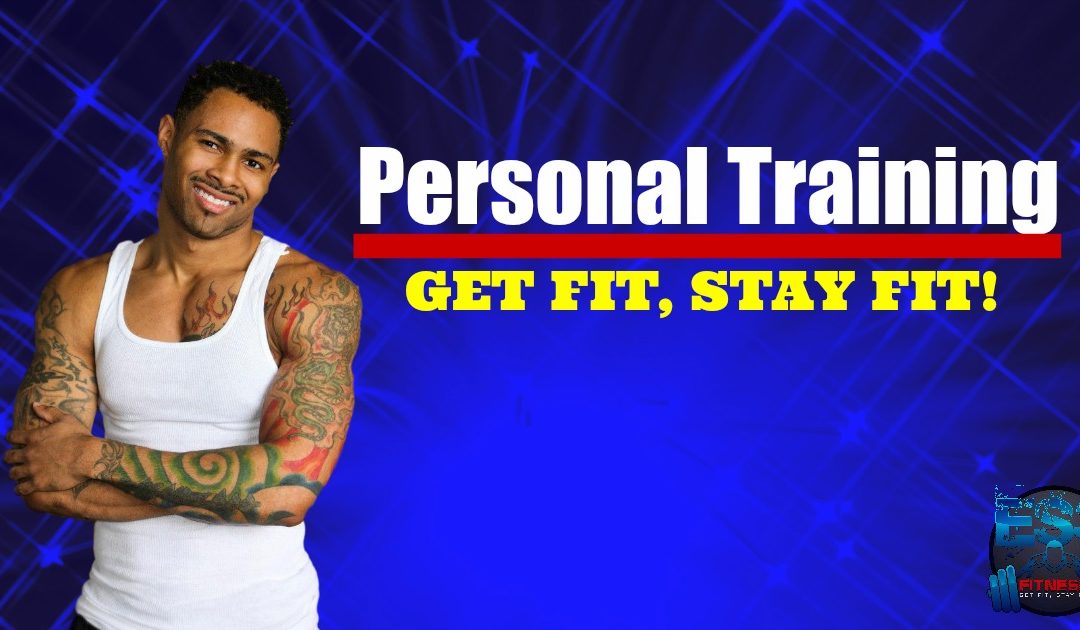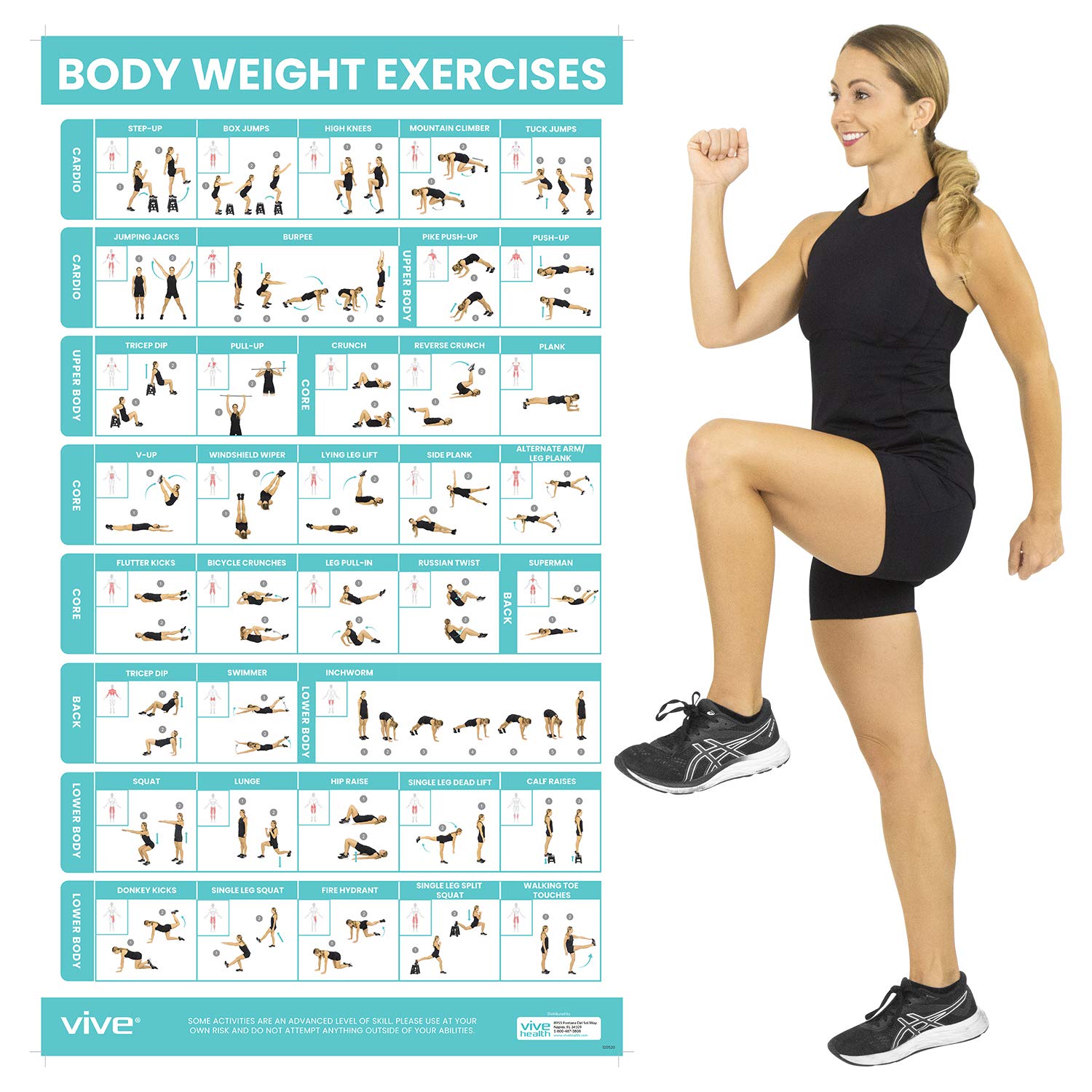
You should take a few things into consideration when shopping for a pair or shoes to wear while working out. First, you should choose a pair that can be used for power jumps and cross training. These shoes will provide stability, lateral support and solid traction.
Cross-training footwear provides solid traction
Cross-training sneakers for men provide solid traction as well as support for a wide variety of exercises. These shoes are usually wider and have a larger toe box. They offer better support in lateral movements, than running shoes. Running shoes have a very smooth tread, which provides little traction. Most people run straight ahead. Cross-training shoes' soles are usually firm. However, some models have a medial divide.
Some cross-training shoes for men offer additional support for the ankle. On Cloud X for example has a wider toebox to aid athletes in gripping the floor with their shoes. These shoes also have a t shaped traction pattern.
Gym shoes provide stability
Gym shoes men need to provide a good amount of stability, but also flexibility so that they can allow proper foot function. The best gym shoes will provide grip and cushioning. It is best to test them out and to find the perfect pair. The prices are indicated by dollars signs. A lower price means that the product is cheaper, and a greater one indicates that it is more expensive.

Shoes for gym should be able to withstand different surfaces and provide good traction. For example, some gym shoes are designed for flat gym surfaces, while others are designed with deep lugs for more flexibility.
Cross-training shoes provide lateral support
Cross-training shoes are a great choice for those who need to work out with lateral support and strength. These shoes are comfortable enough to wear in the gym every day. They are very low profile, which allows users to move easily and doesn't interfere with their ankles. The shoes are suited for a variety of activities including gym work, cycling, and evening jogs. To avoid slipping, the shoes have a tight fit.
Cross-training sneakers are not the same as weightlifting boots. These shoes are great for people who train 3 to 5 times per week. These shoes are great for people who commute to the gym. It is important to consider how frequently and how hard you plan on training when purchasing cross-training shoes. Look for shoes that have wider toes if you plan on using your cross-training shoe for exercise regularly.
Lightweight cross-training shoes
Consider the features that are most important for you when shopping for cross-training footwear. You might want a light shoe with excellent shock absorption and cushioning. You should also consider how much exercise you'll be doing while wearing the shoes. Shoes that are lightweight, such as minimalist models, can be used for cross-training but also for everyday use.
Cross-training shoes should be comfortable and lightweight for any activity, such as lifting weights or practicing agility drills. They should provide stability as well as support. Some shoes for cross-training have performance bootie technology. This adapts to your unique foot contours.

Shoes for cross-training are breathable
Cross-training footwear is a lightweight shoe that's made for men and designed to be flexible, supportive, and comfortable. They come in a variety of styles and are great for running and any other form of cross-training. They are also very breathable and can be worn daily. The breathable mesh allows for air to pass through and the firm midsole provides support.
Cross-training footwear is the best choice if you are into multi-tasking exercises. These versatile shoes can be used for everything from jogging, bodyweight exercises, and box jumps. But because they're versatile, it's essential to choose the right pair, as not all pairs are made equal.
FAQ
What should I eat before I work out?
No. No. However, if you're hungry after working out, you might want to snack on something light like fruit or yogurt.
What is exercise good for?
Exercise is a great way to lose weight, increase your energy, lower stress levels, strengthen your muscles, and improve your sleep quality. You will experience improved moods and self-esteem as well as increased productivity and a lower risk of developing heart disease.
Why is it important to get enough rest?
It is crucial to have a healthy life style. Your body can heal itself and recover from daily stressors by sleeping. Get enough sleep every night to be able to function well throughout the day.
Statistics
- Adolescent girls were less active than adolescent boys, with 85% vs. 78% not meeting WHO recommendations of at least 60 minutes of moderate to vigorous intensity physical activity per day. (who.int)
- One study showed that adults who watch more than 4 hours of television daily had an 80% higher risk of death from cardiovascular disease. (heart.org)
- According to the Centers for Disease Control and Prevention, chronic diseases cause 7 out of 10 deaths in the U.S., and treating chronic diseases accounts for 86% of U.S. healthcare costs. (mana.md)
- Physical activity confers the following maternal and fetal health benefits: a decreased risk of pre-eclampsia, gestational hypertension, gestational diabetes (for example, 30% reduction in risk) (who.int)
External Links
How To
How To Burn Belly Fats Faster
When trying to lose weight, belly fat is often viewed as a problem. But if you think about it, Belly Fat is actually a good thing. Your organs are protected from being damaged by excess belly fat. Let's now see how to quickly lose belly fat.
Lack of exercise and stress are the main reasons we store body fat. The cortisol hormone stimulates stress which makes us hungry. Cortisol raises insulin levels. Insulin then stores excess calories as fat. A lack of sleep leads to adrenaline being released into the system which causes an increased appetite. Exercise helps to break down these extra calories.
There are many ways to reduce belly fat. You can choose to try any of these options, depending on your budget. Here are some tips to help you get rid of belly fat quickly.
-
You can eat less. You should eat smaller meals throughout the day than you would if you ate three big meals. This will help you consume less calories.
-
Drink plenty of water. Water helps flush out toxins from the body and keeps you hydrated. Drinking water prior to every meal will ensure that you are satisfied for longer periods of time and won't eat too much.
-
Avoid unhealthy snacks. If you're looking for quick fixes, snack foods like chips, cookies, candies, etc. It might sound tempting. Avoid these unhealthy treats. They are full of empty calories, too much sugar, and can be very fattening. Instead, opt for healthy alternatives such as fruits, vegetables and whole grains.
-
Do strength training exercises at least three times per week. Strength training builds muscle mass which burns more calories even while resting. It strengthens bones muscles ligaments, tendons and the heart.
-
Regularly walk or stretch. Stretching improves flexibility and mobility which can reduce back pain. Walking can help you burn calories.
-
Reduce alcohol intake. Alcohol adds empty calories to your diet and has no nutritional value whatsoever.
-
Slowly lose weight. Your current weight is the first step to losing weight. Calculate your ideal weight by adding approximately 5% to 10% of the total weight. Once you have established your ideal weight, reduce your daily calorie intake by 500 to 1000 calories each day until you achieve your goal.
-
Avoid processed foods. These foods contain high levels of sugar, salt, and preservatives. These processed foods are often convenient, but they lack enough nutrients for good health.
-
Don't skip breakfast! Eating breakfast improves concentration, memory, and energy level. Breakfast should contain protein (like eggs), fibre (like oats), as well as complex carbohydrates (like oatmeal).
-
Have regular bowel movements. Constipation or irregularity can lead to gas and bloating. To prevent this, drink plenty of water and increase fiber intake.